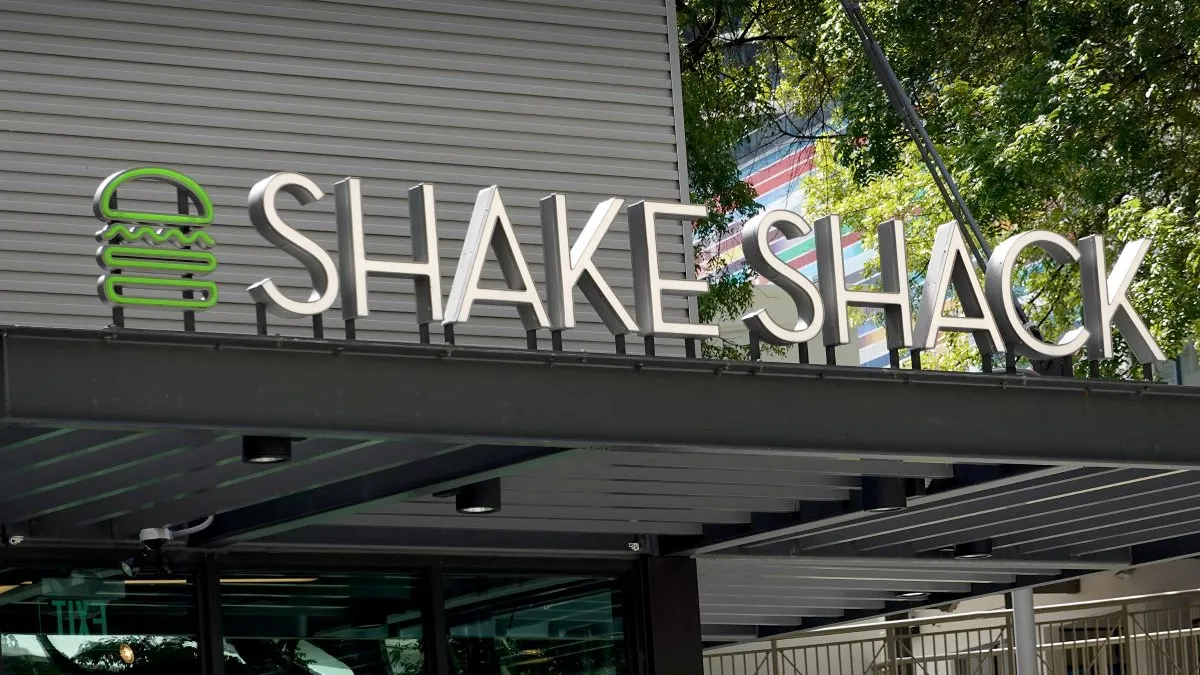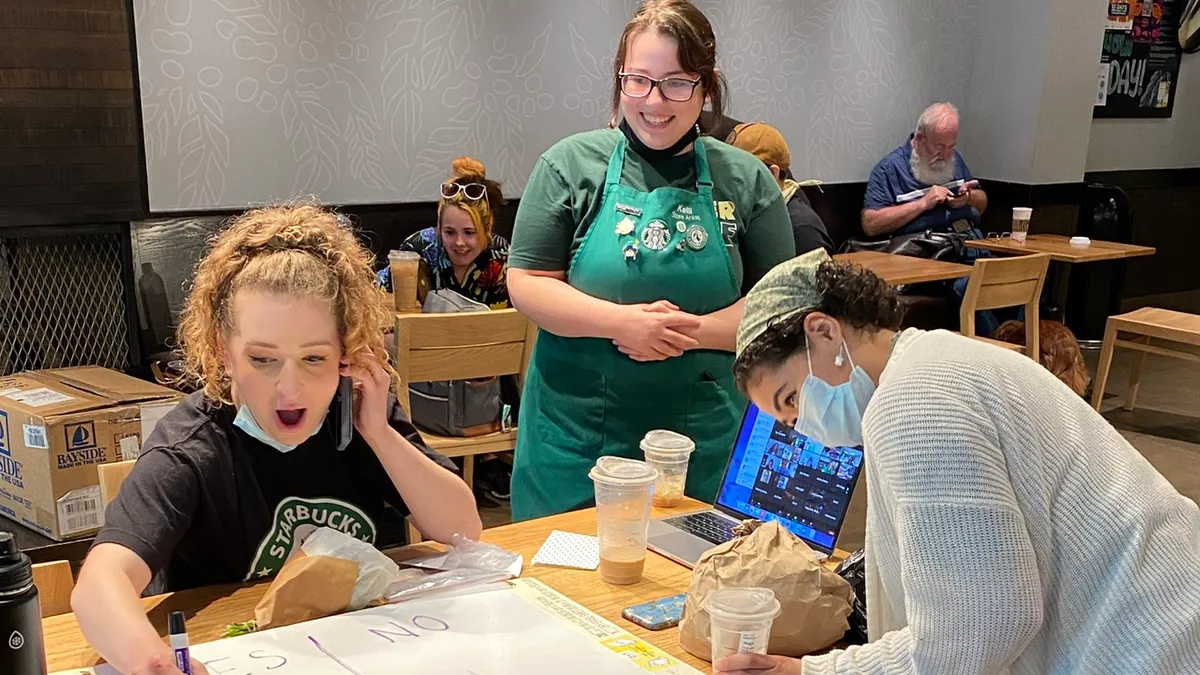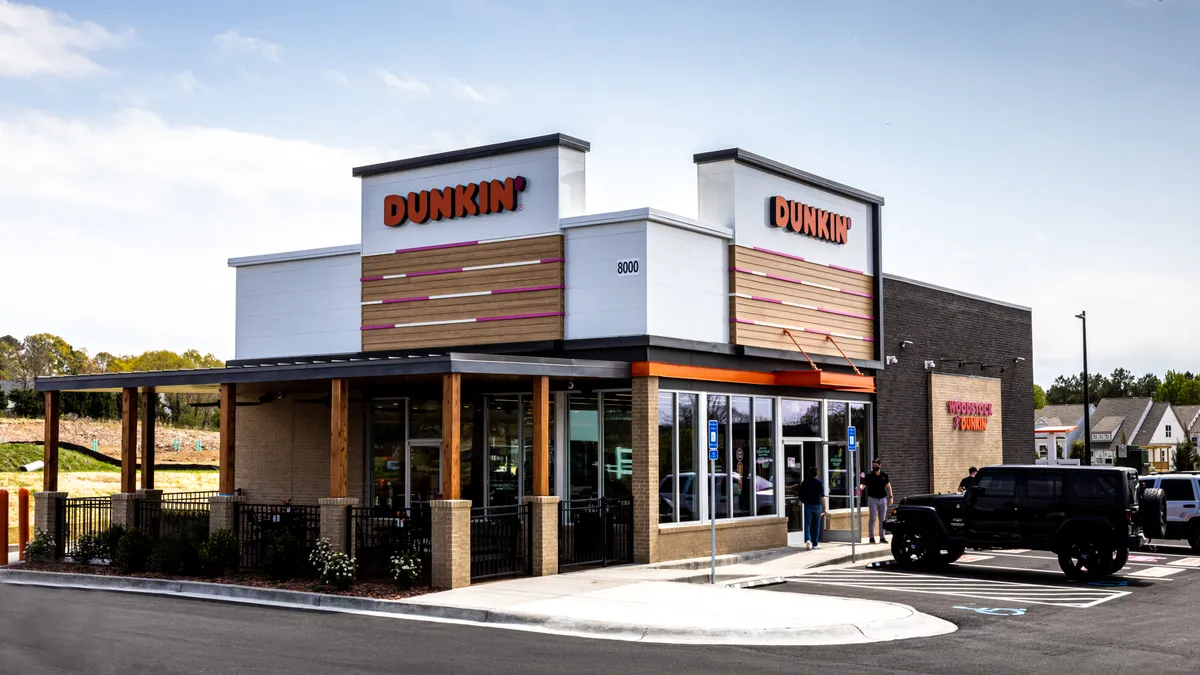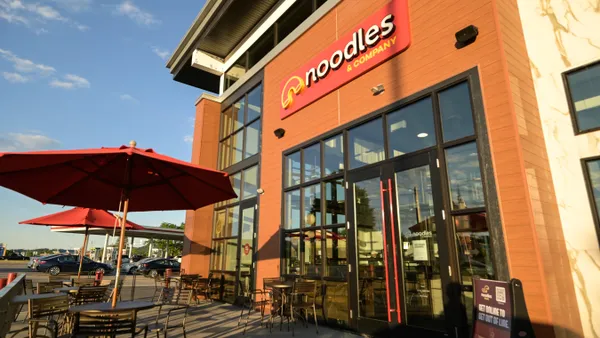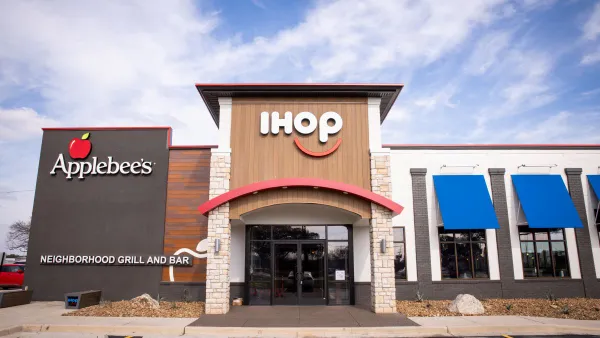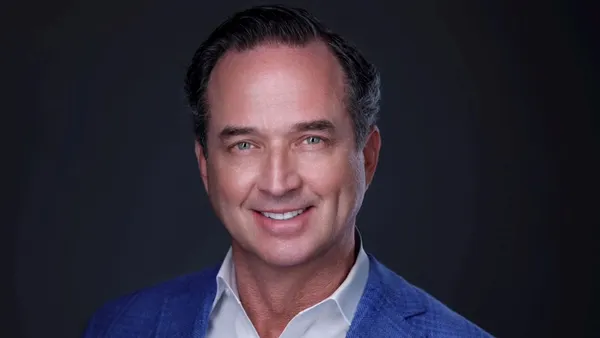Dive Brief:
- Shake Shack plans to reach at least 1,500 company-operated units compared to the previous goal of 450 set during its initial public offering in 2015, executives said Monday at the ICR Conference in Orlando, Florida. The chain didn’t share a specific time frame.
- The company, which currently has roughly 330 company-operated units in the U.S., including 43 it opened in fiscal 2024, a Shake Shack record, CFO Katie Fogertey said in a press release. The company also opened 33 licensed locations last year.
- To reach its unit-count goal, Shake Shack has set up a six-point strategic plan, which includes optimizing restaurant operations and bolstering leadership, CEO Rob Lynch said in a statement.
Dive Insight:
Shake Shack is one of several fast casual chains, including Cava, Chipotle, Wingstop and Sweetgreen, that are planning to rapidly grow in the years ahead.
The company expects to open 80 to 85 units systemwide in 2025, which includes 45 company-operated restaurants, Fogertey said during the ICR presentation. This would represent 14% to 15% year-over-year growth. Shake Shack grew same-store sales for last year by 4.3% and expects to grow comparable sales by 3% in 2025, according to the press release.
Shake Shack’s six-point strategic plan, Lynch said, aims to:
- Bolster its leadership
- Optimize restaurant operations
- Drive comp sales by boosting guest frequency
- Build and operate Shake Shack with “best-in-class returns”
- Accelerate its licensed business
- Invest in long-term strategic capabilities
“We need to go into places we haven’t really been in before,” Lynch said. That means opening more units in suburbia with drive-thrus, which the company is working to optimize. The chain is looking at smaller units as well, but didn’t provide any details on what those may look like.
Shake Shack’s move into more suburban markets will be aided by new processes and equipment that can help speed up operations. A year ago, for example, Shake Shack wasn’t measuring its speed of service, but now it is “maniacally focused on it,” which has led to an improvement, Lynch said.
The chain is also working on culinary innovation and considering ways to create combos to enhance value and boost efficiency. Shake Shack is leaning on its tech stack to better understand its guest profile, Lynch said.
“We're connecting every channel so that when a guest comes in, whether it's in our kiosks or our third-party delivery or our web or app, we know who they are, what they've purchased, and how we can deliver what they need to get them to come back more often and spend more,” Lynch said.
Additionally, the chain is working to develop a leadership pipeline to help it run its restaurants.
“The biggest barrier to our ability to achieve 1,500 company-operated units is having enough people to run them,” Lynch said. “We can find the real estate. We can build the Shacks. We can build the supply chain capacity. What we really need are people that can effectively run our Shake Shacks.”
Lynch said that means continuing the chain’s leadership development to build the talent of general managers that have the acumen to run a $4 million restaurant. The company also offers equity to its general managers, giving them an added incentive to run successful restaurants.
Shortly after COO Stephanie Sentell started at Shake Shack last year, she helped develop scorecards for restaurants to better understand how each unit performed from a guest service, employee retention and profitability standpoint, Lynch said. Every restaurant is scored and those at the bottom now have a better idea of where they can improve and how they are different from the restaurants that scored higher.
“It's been amazing to see the improvements in margins over the last seven months, just having a little bit more focus on how we're operating our restaurants, and that's what gives us the confidence to go in and open a lot more restaurants we're building,” Lynch said



